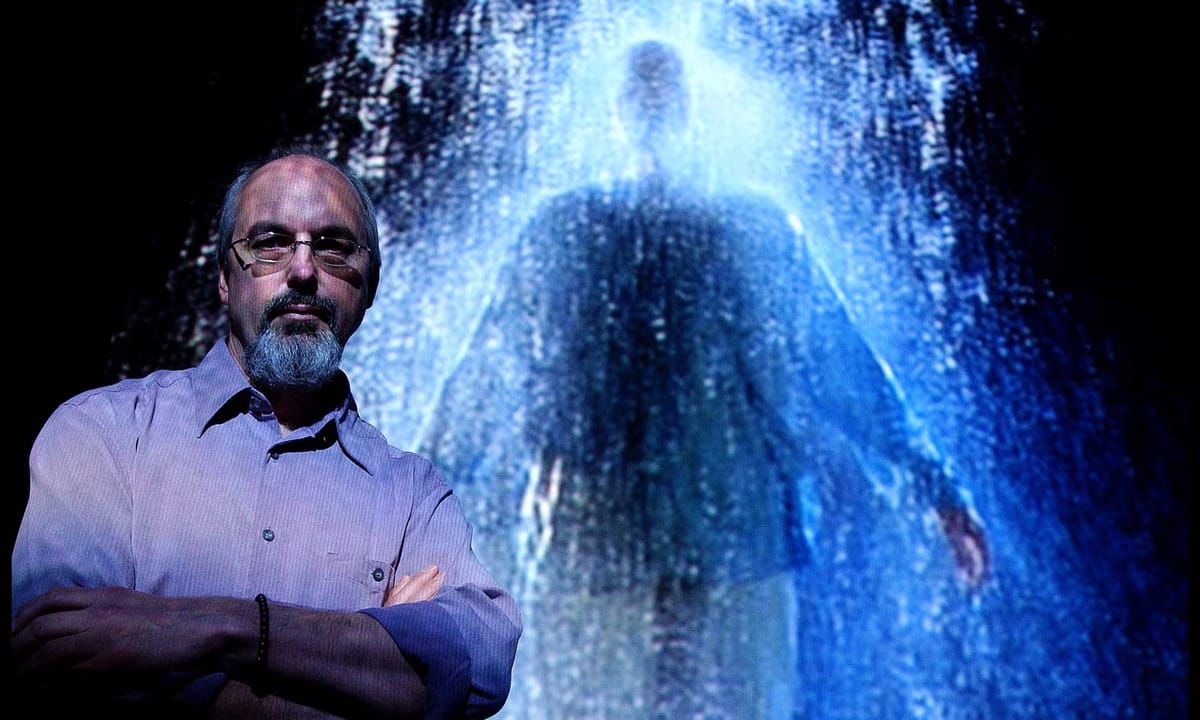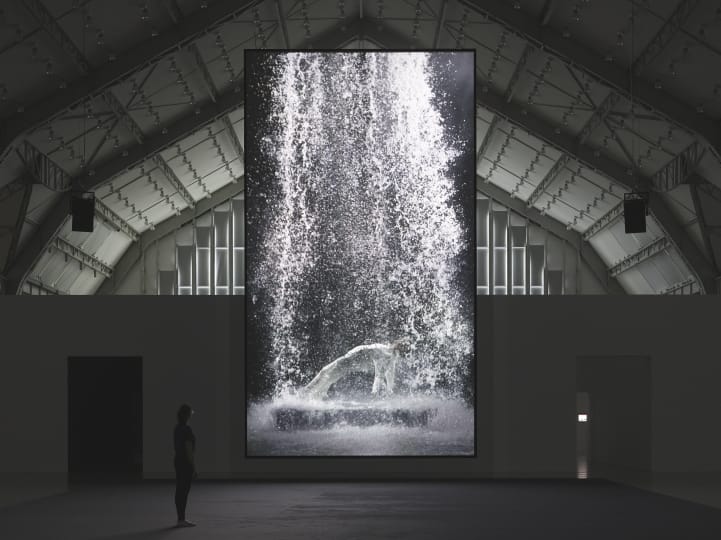
tl;dr
- The complete moving image works of Bill Viola have been deposited with the George Eastman Museum for preservation and archiving.
- Duplicate digital masters will be held by the Viola-Perov Trust, which controls the legacy of Bill Viola.
- George Eastman Museum in Rochester will serve as the primary archival repository and research center for accessing the complete works of Bill Viola.
The George Eastman Museum in Rochester has recently entered into an agreement with the Viola-Perov Trust, which will be donating its complete set of master recordings of Bill Viola's moving image artworks to the institution for preservation. The donation, consisting of over 200 artworks originally recorded on magnetic media and 35mm film, will be digitized and preserved in the museum's archives.
Bill Viola, whose demise in July 2024 struck a blow to the moving image art community, was a pioneer in video art in the 1970s. His application of novel technologies, introduction of new thematic content and technical mastery of new and developing methods of recording and editing garnered him recognition in the art world. Over the course of a 45-year long career, Viola stunned the public with his videos, architectural video installations, sound environments and flat panel video works.

Video served as a medium through which Viola contemplated phenomena related to sense perception as a pathway to acquiring a heightened knowledge of oneself. Birth, death, the nascence and evolution of consciousness – all of these are universal human experiences that Viola integrated as focal points of his video works, which derived their inspiration both from Eastern and Western artistic traditions.

The preservation of Viola's complete works at the George Eastman Museum will involve the creation of archival digital masters, to be stored in the museum's archives, and duplicate digital masters that will be held by the Viola-Perov Trust. The digitization will preserve these works in high resolution and will be stored redundantly to ensure that there are multiple copies in existence.
The original magnetic media and 35mm material will likewise be stored and preserved by the George Eastman Museum. The Museum will serve as the primary archival repository and research center for accessing Bill Viola's legacy.
